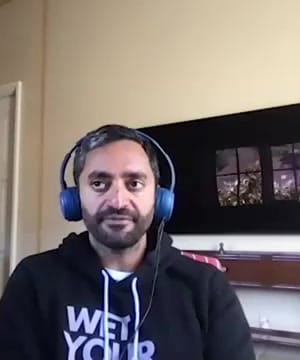How did media coverage change?
Sources:
The landscape of media coverage has evolved significantly over the years due to several key shifts highlighted by various experts.
-
Shift Toward Sensationalism: The O.J. Simpson trial marked a turning point where news coverage began focusing intensely on sensational stories. This trial demonstrated the public's appetite for scandal-driven content, leading to a surge in similar coverage in subsequent years, such as the Monica Lewinsky scandal. This shift paved the way for the rise of reality TV and a more tabloid-style approach to news 1 .
-
Technology and Social Media: The advent of cable television, the repeal of the Fairness Doctrine in 1987, and the explosion of social media significantly altered media dynamics. These changes have incentivized biased and sensational reporting over neutral, fact-based journalism. Algorithms and engagement metrics now drive the coverage, promoting divisive and controversial content 2 .
-
Media Fragmentation: The proliferation of media channels and personalized algorithms has created fragmented information landscapes. Unlike the past, where a few major networks dominated, today's media consumers receive highly personalized content. This fragmentation has made it difficult to form large coalitions and maintain a unified public discourse 3 .
-
Visual Impact and Negativity: The role of visual media has become paramount, often focusing on shocking and negative imagery. This is especially evident in war coverage, where grim visuals overshadow positive developments, fostering a more pessimistic and cynical perception of events 4 .
-
Loss of Trust and Credibility: The commoditization of facts by the internet has pushed traditional media towards opinion-driven content to remain competitive. This shift, combined with the financial pressures from dwindling ad revenue, has eroded public trust in media, contributing to a perception of hidden agendas and biased reporting 5 .
This evolution reflects a complex interplay of technological advancements, economic pressures, and changing public expectations, fundamentally transforming how news is produced and consumed.
RELATED QUESTIONS-


